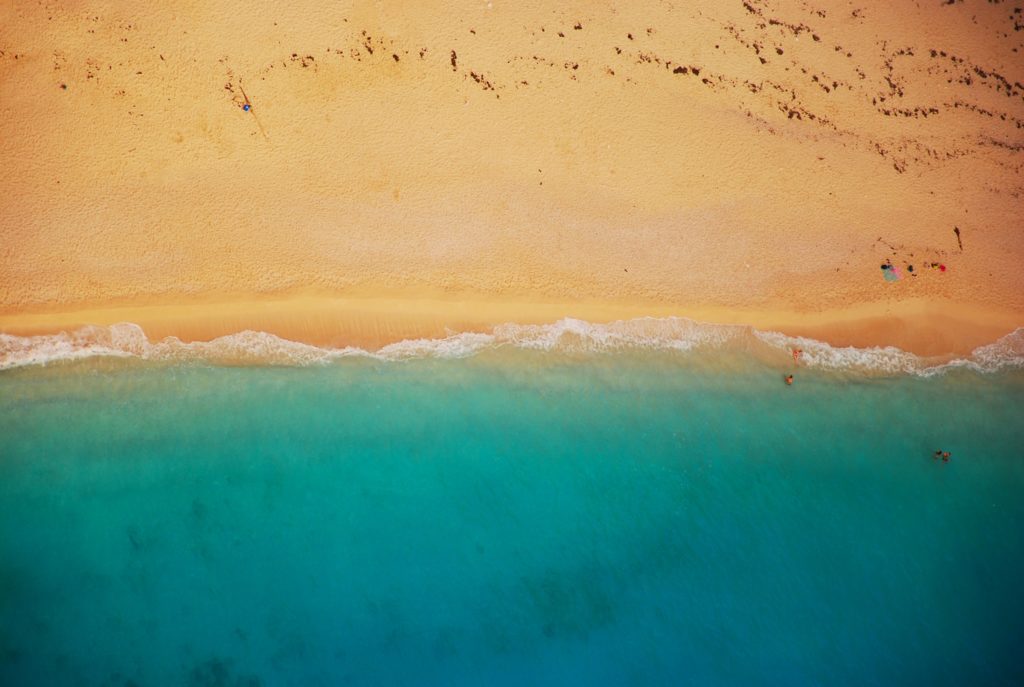An important factor to understand for ocean lovers and users is when the tides will occur. In this modern era, predicting tides is simple; people can search the internet for websites such as ‘Tides Chart’ which can forecast the tides for your desired location.
Over the course of the lunar day, measured by a one area on earth that is directly beneath the moon. The time that the moon and earth take to realign to that same spot is the lunar day. Due to the fact that the earth spins in the same direction that the moon orbits the planet, the cycle is slightly longer than a regular day. 24 hours and 50 minutes.
The tides are caused mainly by the gravitational attraction between the moon and the earth; subsequently the spacing between tides will depend on the length of the lunar day. Since the lunar day is 24 hours and 50 minutes long and the earth rotates through two tidal bulges in that time, high tides will be spaced 12 hours and 25 minutes apart.
High tides are 12 hours and 25 minutes apart and are separated by a low tide. So low tide must come 6 hours and 12.5 minutes after one high tide and before the next.
It is important to consider spring and neap tides which is caused by uncharacteristic water levels that occur occasionally throughout the year. The spring tide occurs when the sun and moon align on the earth creating the greatest tidal bulge. In turn when the sun and moon are 90 degrees from each other, the forces pull in opposite directions creating the weakest of tides, called ‘neap tides’.
Neap and spring tides each occur twice a month.

Ryan is the founder of Tideschart.com. Originally from New Zealand, Ryan has traveled to more than 20 countries and has combined more than 10 years of development experience with his passion for the ocean.






